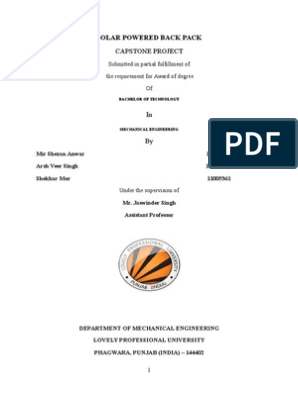100% found this document useful (1 vote)
141 views2 pagesTutorial Sheet 1 MA1003E
The document outlines the tutorial content for MA1011E - Mathematics-II at the National Institute of Technology Calicut, covering topics such as Gauss elimination, row echelon form, and linear independence. It includes a series of problems related to solving systems of equations, proving conditions for solutions, and determining ranks of matrices. Additionally, it addresses concepts of linear combinations and the rank-nullity relation in the context of homogeneous systems.
Uploaded by
ashwa0404Copyright
© © All Rights Reserved
We take content rights seriously. If you suspect this is your content, claim it here.
Available Formats
Download as PDF, TXT or read online on Scribd
100% found this document useful (1 vote)
141 views2 pagesTutorial Sheet 1 MA1003E
The document outlines the tutorial content for MA1011E - Mathematics-II at the National Institute of Technology Calicut, covering topics such as Gauss elimination, row echelon form, and linear independence. It includes a series of problems related to solving systems of equations, proving conditions for solutions, and determining ranks of matrices. Additionally, it addresses concepts of linear combinations and the rank-nullity relation in the context of homogeneous systems.
Uploaded by
ashwa0404Copyright
© © All Rights Reserved
We take content rights seriously. If you suspect this is your content, claim it here.
Available Formats
Download as PDF, TXT or read online on Scribd
/ 2





























































































